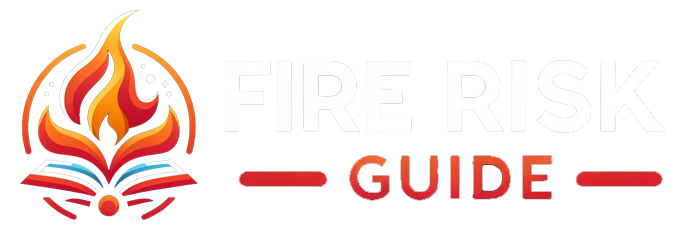In recent years, media walls have become an increasingly popular addition to events, trade shows, and storefronts. These large, digital displays are often used to showcase advertisements, provide important information, or create an immersive experience for visitors. While media walls can be a powerful tool for communication and engagement, they also present unique challenges when it comes to fire safety.
The incorporation of fires into media walls adds an additional layer of complexity to an already critical safety concern. Whether used for decorative purposes, as part of an art installation, or to create a dramatic visual effect, fires for media walls require careful consideration and planning to ensure that they do not pose a risk to people or property.
One of the key challenges in managing fire safety for media walls is the potential for the fire to spread rapidly and unpredictably. Unlike traditional fires in controlled environments, such as fireplaces or outdoor bonfires, fires for media walls are often integrated into complex, high-tech systems that can malfunction or fail unexpectedly. This means that even a small fire can quickly escalate into a major hazard, putting people at risk and causing extensive damage.
To mitigate these risks, it is essential to take a proactive approach to fire safety when incorporating fires into media walls. This begins with a thorough assessment of the specific risks and hazards associated with the use of fires in this context. This should include a detailed analysis of the materials and technologies being used, as well as an evaluation of the potential impact on the surrounding environment.
Once the potential risks are identified, appropriate safety measures should be implemented to minimize the likelihood of a fire and to contain its spread if one does occur. This may include the installation of advanced fire detection and suppression systems, as well as the establishment of clear evacuation procedures and emergency protocols. Additionally, regular maintenance and testing of these systems is crucial to ensure that they remain effective in the event of a fire.
In addition to technical safeguards, it is also important to educate and train staff and event attendees about the potential risks associated with fires for media walls. Clear and visible signage should be used to communicate the location of fire exits and emergency equipment, and regular safety drills should be conducted to ensure that everyone knows how to respond in the event of a fire.
Furthermore, it is essential to comply with all relevant regulations and standards for fire safety in the jurisdiction where the media wall is located. This may include obtaining permits for the use of open flames, conducting regular inspections by qualified professionals, and adhering to specific guidelines for the installation and operation of fires for media walls.
Ultimately, the responsible use of fires for media walls requires a thorough understanding of the potential risks and a commitment to implementing appropriate safety measures. By taking a proactive and holistic approach to fire safety, it is possible to enjoy the visual and atmospheric impact of fires in media walls while minimizing the potential for harm. Through careful planning, effective safeguards, and ongoing vigilance, media wall designers and operators can create a safe and engaging environment for everyone to enjoy.

Leave a Reply